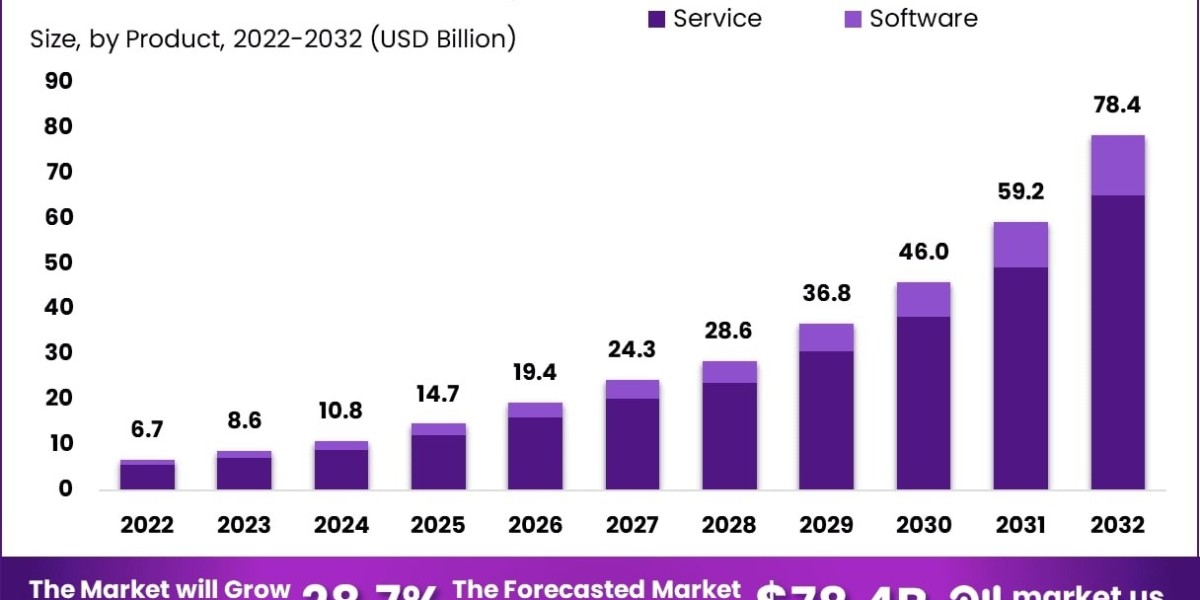This article explores how AI at work is transforming daily operations across industries. From streamlining workflows to enhancing collaboration and boosting productivity, AI-driven practices are redefining how modern teams function, making workplaces more efficient, adaptive, and competitive in an increasingly digital-first economy.
What Does AI at Work Really Mean Today?
AI at work goes beyond just robots or chatbots. It refers to intelligent systems helping with tasks like scheduling, analyzing data, prioritizing emails, or forecasting demand. A common question is: Is AI replacing jobs? The reality is more nuanced. Rather than replacing most roles, AI is augmenting them helping people focus on complex, strategic work by handling repetitive tasks. From HR to logistics, AI is already embedded in tools we use daily. Understanding its purpose and current capabilities is key to harnessing its full potential in a realistic and productive way.
Key Benefits AI Brings to the Workplace
AI boosts efficiency by automating time-consuming tasks, but that’s just the start. It also enhances decision-making by analyzing large datasets quickly and accurately. In customer service, AI improves response times and personalization. In operations, it reduces errors and speeds up workflows. Across the board, businesses benefit from quicker turnaround, lower costs, and better customer experiences. AI’s ability to learn and adapt makes it especially useful in dynamic environments where human teams may struggle to keep pace. Integrating AI at work leads to more agile, scalable processes that grow with your business.
How AI Supports Collaboration and Communication
One of the lesser-known strengths of AI at work is how it improves teamwork. AI tools can transcribe meetings, summarize long email threads, and even suggest action items based on discussions. Language translation tools break down communication barriers in global teams, while smart scheduling assistants save hours in coordination. Rather than isolating workers, AI can actually strengthen human connection by clearing out administrative noise and helping teams stay aligned. It creates smoother workflows, reduces misunderstandings, and ensures more time is spent on valuable collaboration instead of routine logistics.
Addressing the Challenges and Concerns
While the benefits are real, AI implementation isn't without hurdles. Employees often fear job loss or struggle with trust in automation. Businesses may worry about cost, data privacy, or how to train teams on new systems. These concerns are valid, but manageable. Transparency and ongoing education are essential teams need to understand that AI is a tool, not a replacement. With thoughtful onboarding and clear use cases, adoption becomes smoother. Companies that succeed with AI don’t just install technology they invest in change management and make it human-first.
The Future of Work: What’s Next with AI?
The future isn't AI versus humans, it's AI and humans working better together. As AI becomes more intuitive, its role will expand into areas like strategic planning, personalized training, and even emotional recognition. Expect more seamless integration between tools, fewer manual tasks, and smarter decision-making across every department. The organizations that thrive will be those that adapt early, encourage innovation, and maintain a human-centered approach. Preparing your workforce for an AI-enhanced future starts now and it’s less about coding and more about mindset, flexibility, and curiosity.
Conclusion
AI is no longer a distant concept, it's part of our daily workflow. When used wisely, it becomes a powerful partner in productivity, creativity, and business growth. Embrace it not with fear, but with readiness. The future of work is already here and AI is part of your competitive edge.





